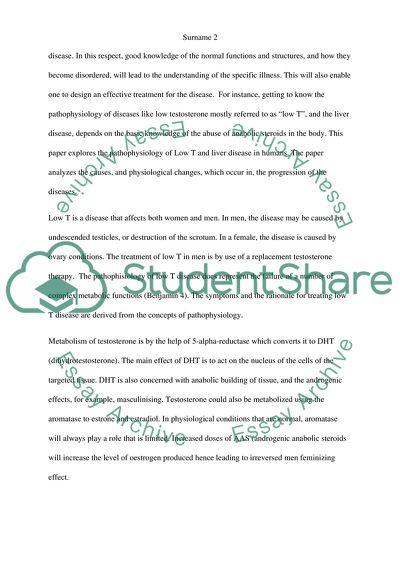Cite this document
(The Side Effects of Anabolic Steroids - Use, Abuse, Disease, and Condition Essay Example | Topics and Well Written Essays - 1750 words, n.d.)
The Side Effects of Anabolic Steroids - Use, Abuse, Disease, and Condition Essay Example | Topics and Well Written Essays - 1750 words. https://studentshare.org/health-sciences-medicine/1773787-the-side-effects-of-anabolic-steroids-use-abuse-disease-condition
The Side Effects of Anabolic Steroids - Use, Abuse, Disease, and Condition Essay Example | Topics and Well Written Essays - 1750 words. https://studentshare.org/health-sciences-medicine/1773787-the-side-effects-of-anabolic-steroids-use-abuse-disease-condition
(The Side Effects of Anabolic Steroids - Use, Abuse, Disease, and Condition Essay Example | Topics and Well Written Essays - 1750 Words)
The Side Effects of Anabolic Steroids - Use, Abuse, Disease, and Condition Essay Example | Topics and Well Written Essays - 1750 Words. https://studentshare.org/health-sciences-medicine/1773787-the-side-effects-of-anabolic-steroids-use-abuse-disease-condition.
The Side Effects of Anabolic Steroids - Use, Abuse, Disease, and Condition Essay Example | Topics and Well Written Essays - 1750 Words. https://studentshare.org/health-sciences-medicine/1773787-the-side-effects-of-anabolic-steroids-use-abuse-disease-condition.
“The Side Effects of Anabolic Steroids - Use, Abuse, Disease, and Condition Essay Example | Topics and Well Written Essays - 1750 Words”. https://studentshare.org/health-sciences-medicine/1773787-the-side-effects-of-anabolic-steroids-use-abuse-disease-condition.


